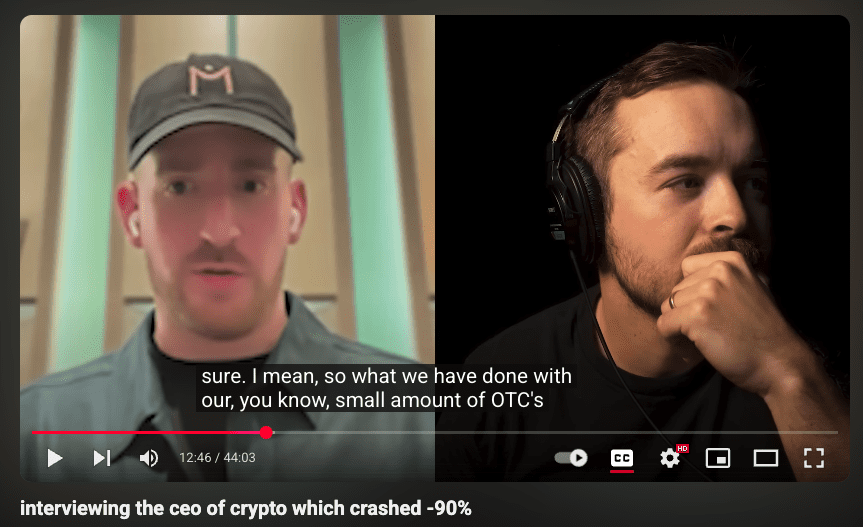The crash of Mantra’s OM token has raised serious questions about the underlying causes and potential for exploitation. While Mantra has initiated an $80 million token burn to restore user confidence, a deeper dive is necessary to understand the full scope of the incident.
The Need for Forensic Analysis
According to Natalie Newson, a senior blockchain investigator at CertiK, unraveling the OM crash necessitates a detailed forensic study, far exceeding the capabilities of basic blockchain analysis. This type of investigation mirrors the scrutiny applied post-FTX, aiming to uncover potential calculated exploitation.
Newson emphasizes the difficulty in tracing over-the-counter (OTC) transactions, which are crucial to understanding the token’s movements before and during the crash. Her insights followed Mantra’s call for centralized exchange partners to assist in further investigation.
On-Chain vs. OTC Activity: A Critical Distinction
A key aspect of analyzing the OM token crash involves differentiating between transparent on-chain activity and the less visible world of OTC deals. Mantra CEO John Mullin admitted to conducting approximately $30 million in OM token OTC transactions in an interview with Coffeezilla.

OTC crypto transfers occur outside of traditional exchanges, providing avenues for large-volume trades while reducing price volatility. Newson suggests that the accumulation of roughly 100 million OM tokens by a single whale may have stemmed from secondary market transactions rather than direct insider activity.
Limitations of Blockchain Analytics Platforms
Mullin refuted allegations of an insider token dump causing the OM crash, claiming that blockchain analytics platform Arkham mislabeled certain wallets. However, Newson argues that relying solely on platforms like Arkham or Nansen is insufficient to confirm or deny insider involvement definitively.
She explains that while these tools offer clues, access to off-chain agreements and centralized exchange records is essential to draw firm conclusions about coordinated insider behavior.
Insights from Whale Alert
Frank Weert, co-founder of Whale Alert, echoed the complexity of tracing transactions related to the OM token crash. Gathering a complete historical record poses significant challenges, even with direct node data access.
The Path Forward: Forensic Audits and Collaboration
Following the OM crash, Mantra considered hiring a forensic auditor but hadn’t made a final decision as of April 16. The need for collaboration with centralized exchanges and access to off-chain data underscores the path forward for uncovering the truth behind the incident.
Key Takeaways
- Forensic Study Required: A comprehensive forensic investigation is essential to understand the OM token crash fully.
- OTC Transactions: OTC deals play a significant role and require careful scrutiny.
- Data Limitations: Blockchain analytics platforms alone are insufficient to determine insider involvement.
- Collaboration Needed: Cooperation with centralized exchanges and access to off-chain data are crucial for a thorough investigation.
The Mantra OM token crash serves as a reminder of the complexities involved in investigating cryptocurrency-related incidents. A multi-faceted approach combining on-chain analysis, forensic techniques, and collaboration with industry partners is vital to uncover the truth.